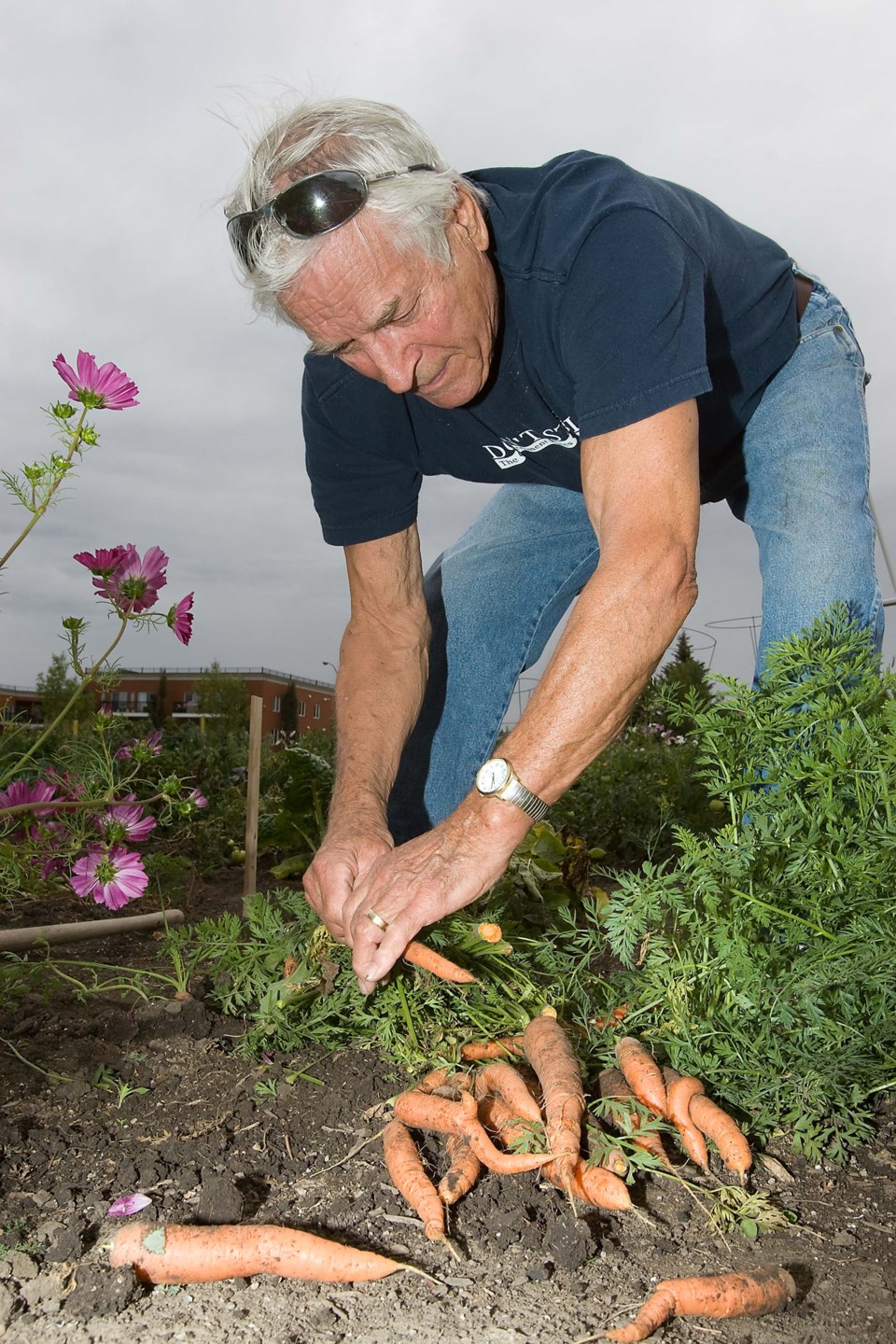How Now Green Cow
How Now Green Cow is examining how global heating how our dinners are shaping, and are being shaped by, the climate crisis. Got a food and climate question? Send it to [email protected] so it can be addressed in a future column.
Backyard gardens produce six times more carbon per pound of produce than regular farms, a new study suggests, and may be worse for the climate unless designed with care.
University of Michigan PhD candidate Jason Hawes and his team published a study on Jan. 22 in Nature Cities comparing the carbon footprints of urban and conventional agriculture.
Farms account for about 8.1 per cent of Canada’s heat-trapping pollution, Environment Canada reports. Urban agriculture is often cited as a way to reduce this pollution and adapt to global heating by reducing reliance on food imports and the use of energy-intensive synthetic chemicals.
There’s not a lot of evidence to support those claims, though, as no one has actually done a comprehensive life-cycle analysis of the low-tech, outdoor gardens associated with urban agriculture, Hawes said. His team set out to fill this gap to see if urban ag actually was better for the planet.
Urban disadvantage
Hawes and his team studied 73 backyard plots, community gardens, and urban farms in France, Germany, Poland, the U.K., and the U.S. The team worked with gardeners to add up all the resources used to make and run each site, then compared that to the amount of produce produced to calculate the carbon intensity of urban agriculture.
The team found food produced by urban agriculture had six times the carbon footprint of food from regular farms, averaging 420 grams of heat-trapping pollution per serving compared to about 70 g/serving for regular.
“Six times the impact is certainly not, I think, ideal,” Hawes said, and not competitive with conventional agriculture.
The urban agriculture sites were better than traditional ones in terms of synthetic nutrients, using about 95 per cent less overall, Hawes said. Where they stumbled was infrastructure, which accounted for about 63 per cent of their carbon footprint.
“People aren’t always thinking of the carbon footprint of that one raised bed they built,” Hawes said, but if you’ve made it out of fresh cedar, like he did in his yard, that footprint can be pretty big.
And it gets bigger because of land-use changes, Hawes said. Most urban agriculture sites are considered short-term operations that get torn down long before their beds and sheds rot, which concentrates the carbon footprint of those structures into fewer harvests. Rural farms, in contrast, stay in operation for generations, spreading their greenhouse gas emissions over more food. Rural farms also have better economies of scale — a big field with one tractor produces more food than many tiny gardens, each with their own sets of gardening tools.
Urban solutions
Since urban agriculture is on the rise and seen as a way to address global heating, Hawes and his team examined the lowest-carbon sites in their study to find out how to make city farming climate-friendly.
The team found the sites they studied would have been carbon-competitive with regular farms had they been built entirely from waste or upcycled materials. Using compost and rainwater recycling had similar benefits. The team called on cities to subsidize rainwater collection, provide compost training, and work with the building sector to make construction waste easily available. Cities should also change land-use bylaws to ensure urban farms and gardens can stay active for the full life of their infrastructure.
The team found urban and conventional agriculture had similar carbon footprints for crops typically grown in energy-intensive ways, such as tomatoes (heated greenhouses) and asparagus (air freight). Focusing on these crops could further shrink the carbon footprints of backyard gardening.
In an email, Aida Mustapic of the St. Albert Backyard Gardening Facebook group noted the majority of the emissions found at urban agriculture sites in this study came from building materials and not actual food production. Most St. Albert gardeners minimize these emissions by using upcycled bricks, reused pallets, and other waste materials to build the cheapest, most durable gardens possible.
“There are so many other great benefits of urban agriculture besides the obvious carbon footprint reduction,” she said, including food security, community building, and healthier food.
“Urban agriculture offers a very sustainable option with a number of incredible benefits for the community and environment that come from it and are very hard to beat.”
Hawes’s study can be found at bit.ly/3HBWxTt.



